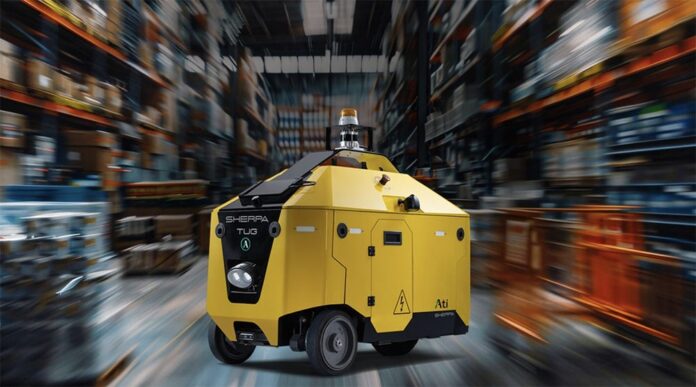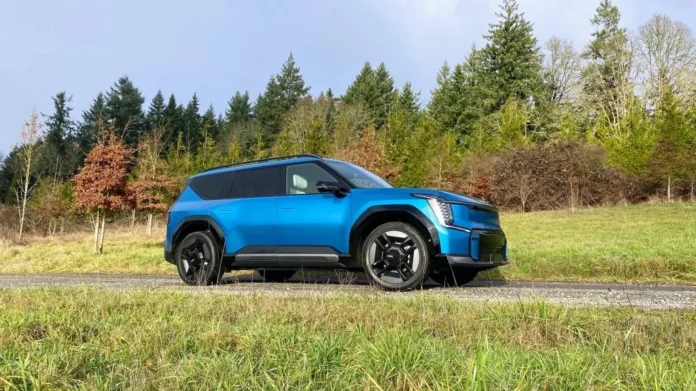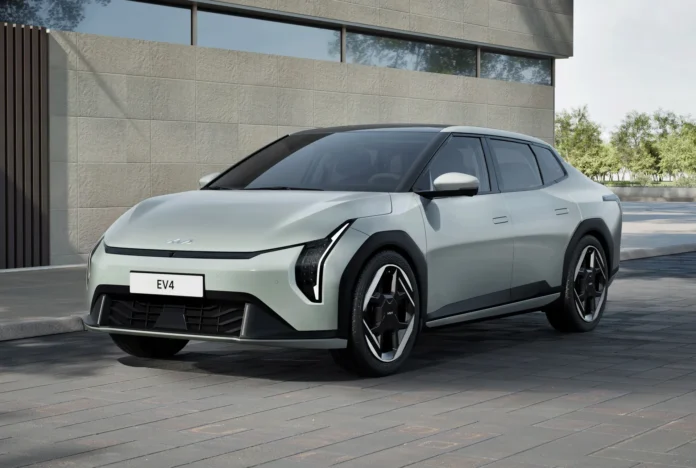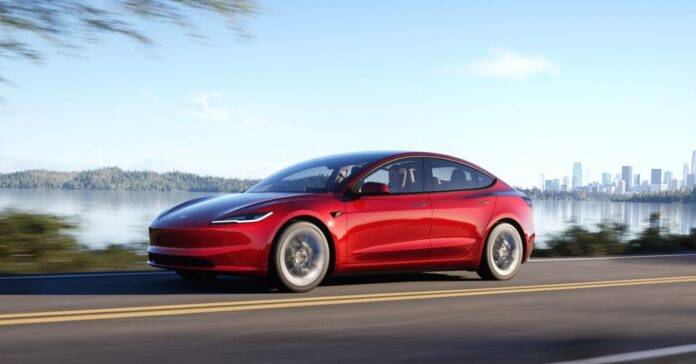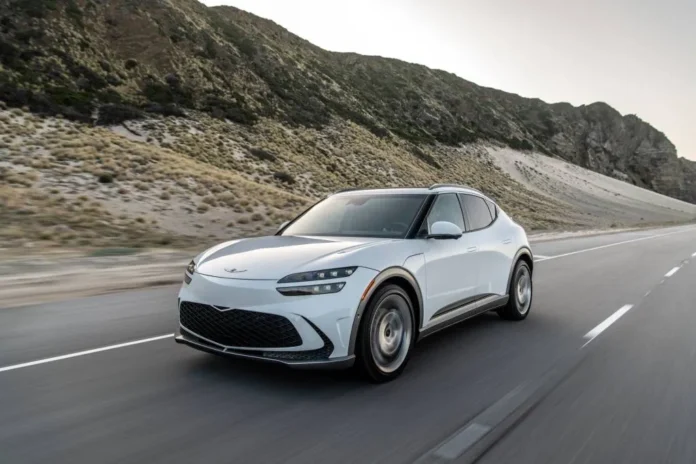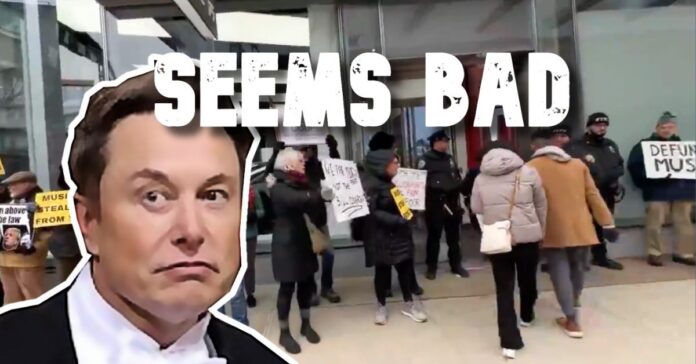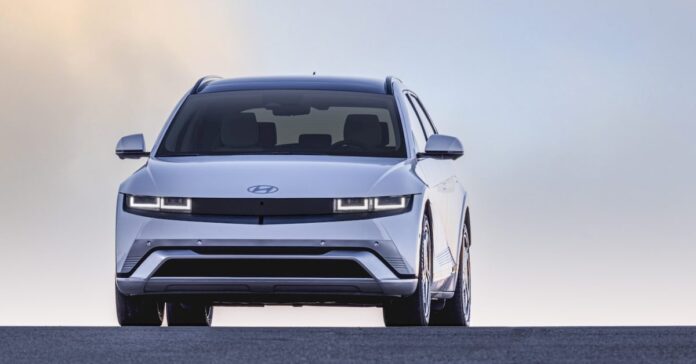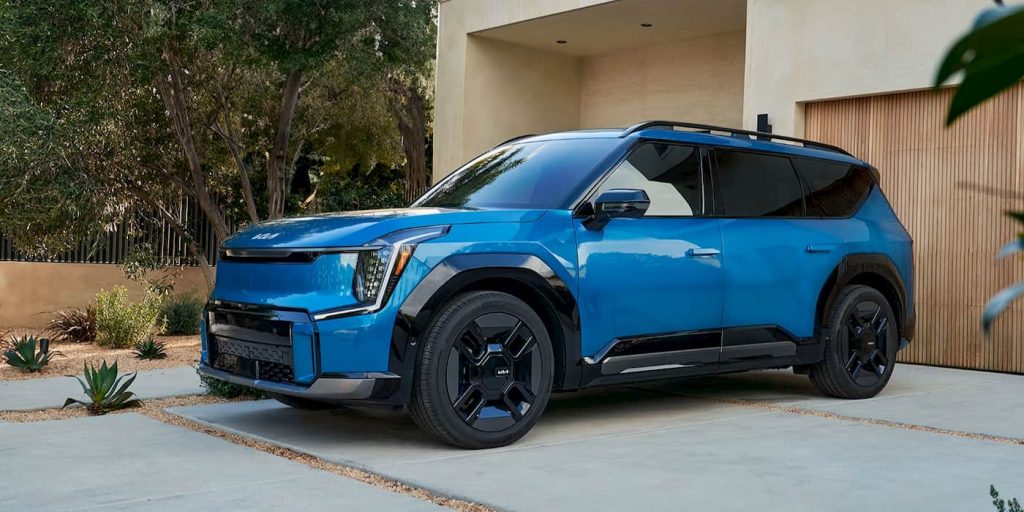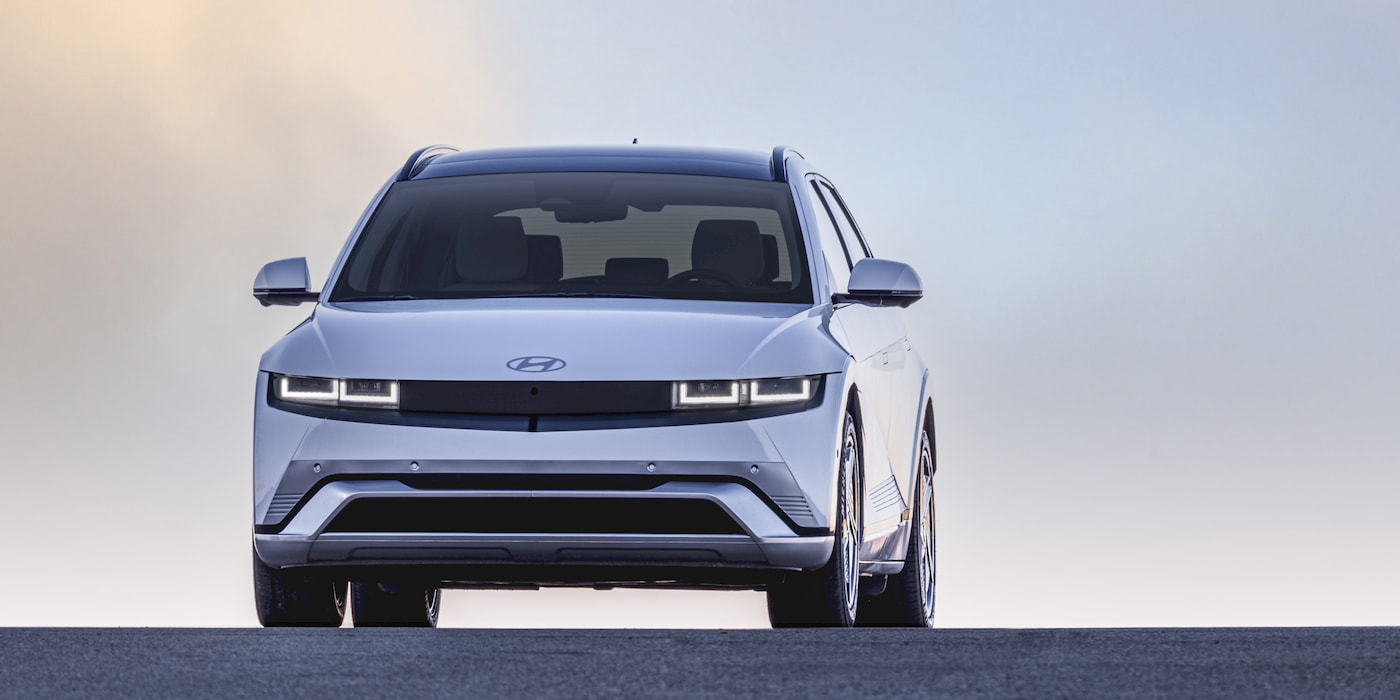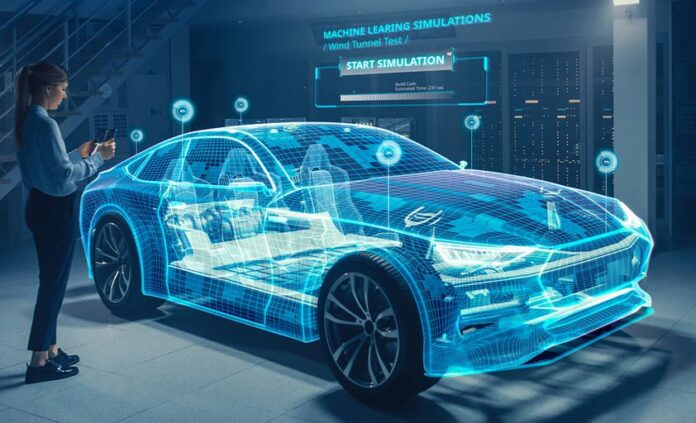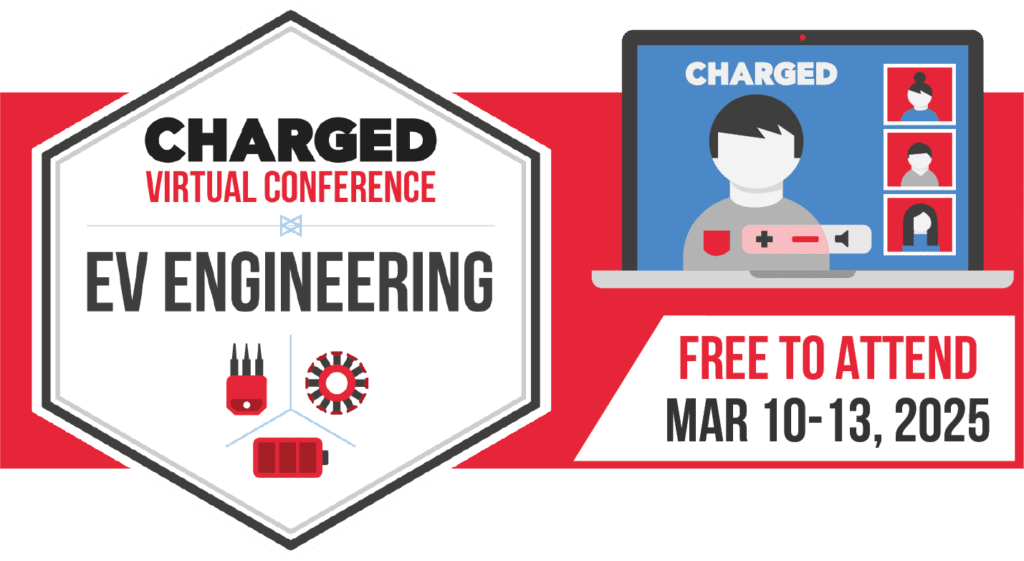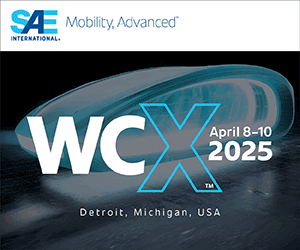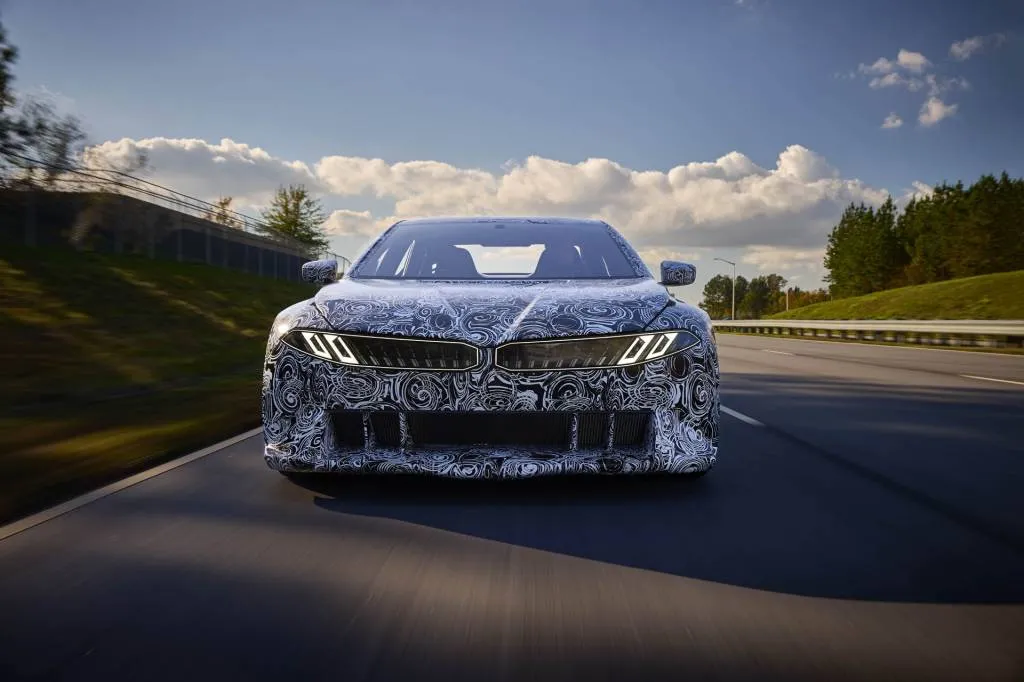Utility Hoosier Energy announced plans to close the Merom coal plant in Indiana in 2023 but then sold it to a company called Hallador Energy that is keeping the plant open and reportedly making a deal with a data center developer.
Experts note that ensuring data centers are actually using renewable energy around the clock is extremely difficult since they draw energy from fossil fuel–heavy local grids at times when the sun isn’t shining and wind isn’t blowing. Indiana got 45% of its electricity from coal in 2023, according to the Energy Information Administration, making it the nation’s second-largest coal consumer after Texas.
“We’re unilaterally opposed to data centers, especially hyperscaler ones,” said Ashley Williams, executive director of Just Transition Northwest Indiana. She described data centers as “an investment in an extractive economy, doubling down on it, when what we’re advocating for is regenerative and renewable energy.”
The national landscape
An analysis by Ivy Main, a lawyer and renewable energy co-chair for Sierra Club’s Virginia chapter, found that Amazon’s data centers in Virginia — the world’s largest data center market — have likely increased the burning of fossil fuels in the region, despite the company’s claims to have reached 100% renewable energy worldwide.
“The self-styled climate hero turns out to be a climate parasite,” Main wrote in an opinion piece for Virginia Mercury. A Virginia legislative audit predicts data centers could increase the state’s electricity demand almost three-fold between 2023 and 2040.
The situation is similar in Wisconsin and Illinois, where a data center boom is keeping fossil-fuel generation running and making it harder for the states to meet their ambitious clean energy goals. Customers are better insulated from possible bill increases in Illinois, where the deregulated energy market means power companies can’t directly charge ratepayers for building new power plants.
Nationwide, states have adopted tax breaks and other incentives to attract data centers. At least 16 states offer sales tax exemptions, and some also offer property tax breaks, according to Data Center Dynamics, an industry publication. A recent Policy Matters Ohio study found that local sales tax breaks given to Microsoft, Google, and Amazon for data centers could have totaled almost $1.6 billion over the last two years. States including Virginia and Alabama make tax breaks contingent on wage and job creation requirements.
Along with exempting data centers from sales and use tax, Indiana’s 2019 law allows individual counties and municipalities to offer property tax breaks. In 2023, Fort Wayne, Indiana, approved a more than $55 million property tax break over 10 years for a data center with the code name Project Zodiac, to be built by a mystery developer that turned out to be Google. The South Bend Tribune estimated that a proposed Amazon data center’s property tax abatements could eventually reach $4 billion.
Data center opponents say subsidies are unnecessary and unhelpful for the local economy. Kasia Tarczynska, senior research analyst at the national corporate watchdog organization Good Jobs First, during a webinar cited a statement from Microsoft executive Bo Williams in The New York Times that subsidies have not been a determining factor in where the company locates data centers.
Agreements and solutions
Google, Amazon Web Services, and Microsoft signed an agreement in November with I&M, Indiana’s Office of Utility Consumer Counselor, and Citizens Action Coalition meant to make sure that the cost of new generation and grid upgrades isn’t unduly passed on to regular customers.
Under the agreement, in I&M territory these companies developing data centers must provide collateral during early years of operation, sign contracts of at least 12 years, and agree to pay at least 80% of their expected demand each month. Advocates consider such safeguards especially important in the new world of AI-driven data centers because if a facility’s energy demands end up being much lower than expected or if it closes prematurely, customers could end up paying for stranded assets — grid and generation investments made by the utility.
I&M’s large industrial customers previously had contracts but with much shorter minimums and lower payment thresholds.
The agreement creates a program where the companies can voluntarily invest in clean energy. The companies also agreed to pay half a million dollars each annually for five years into a fund that helps low-income residents access energy programs like weatherization.
Inskeep said that while the Citizens Action Coalition is frustrated at lawmakers’ enthusiasm for data centers and small nuclear reactors, the advocates do support a state bill introduced in January that would demand more transparency about data centers’ energy use. The bill would require that local governments review projected energy and water usage and other impacts before approving permits for a data center. Once a data center is operating, it would need to publicly report its energy use each quarter.
Inskeep said this bill would be a good start, and the coalition thinks even more study should be done during a moratorium.
“We think such a study should analyze trends and impacts, include opportunities for stakeholder involvement and public comment, and identify potential policy solutions,” he said.


